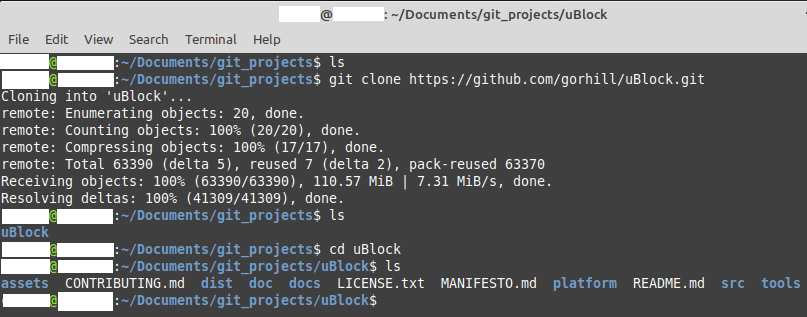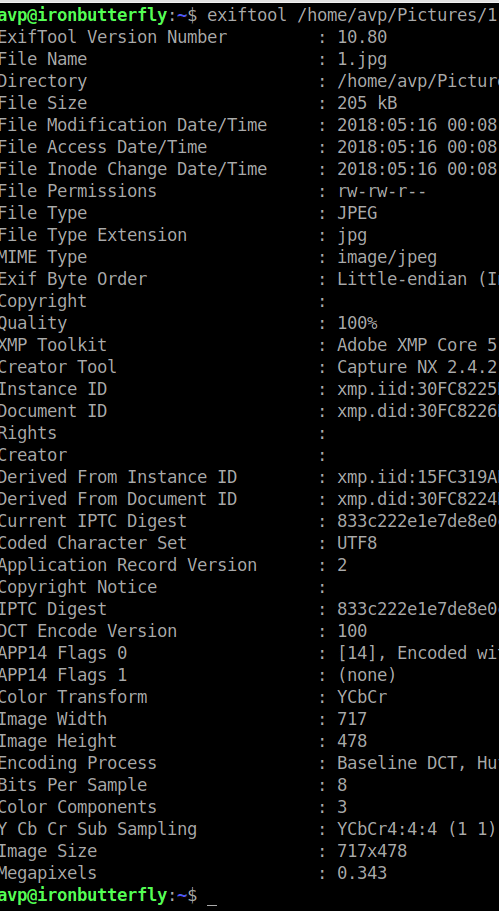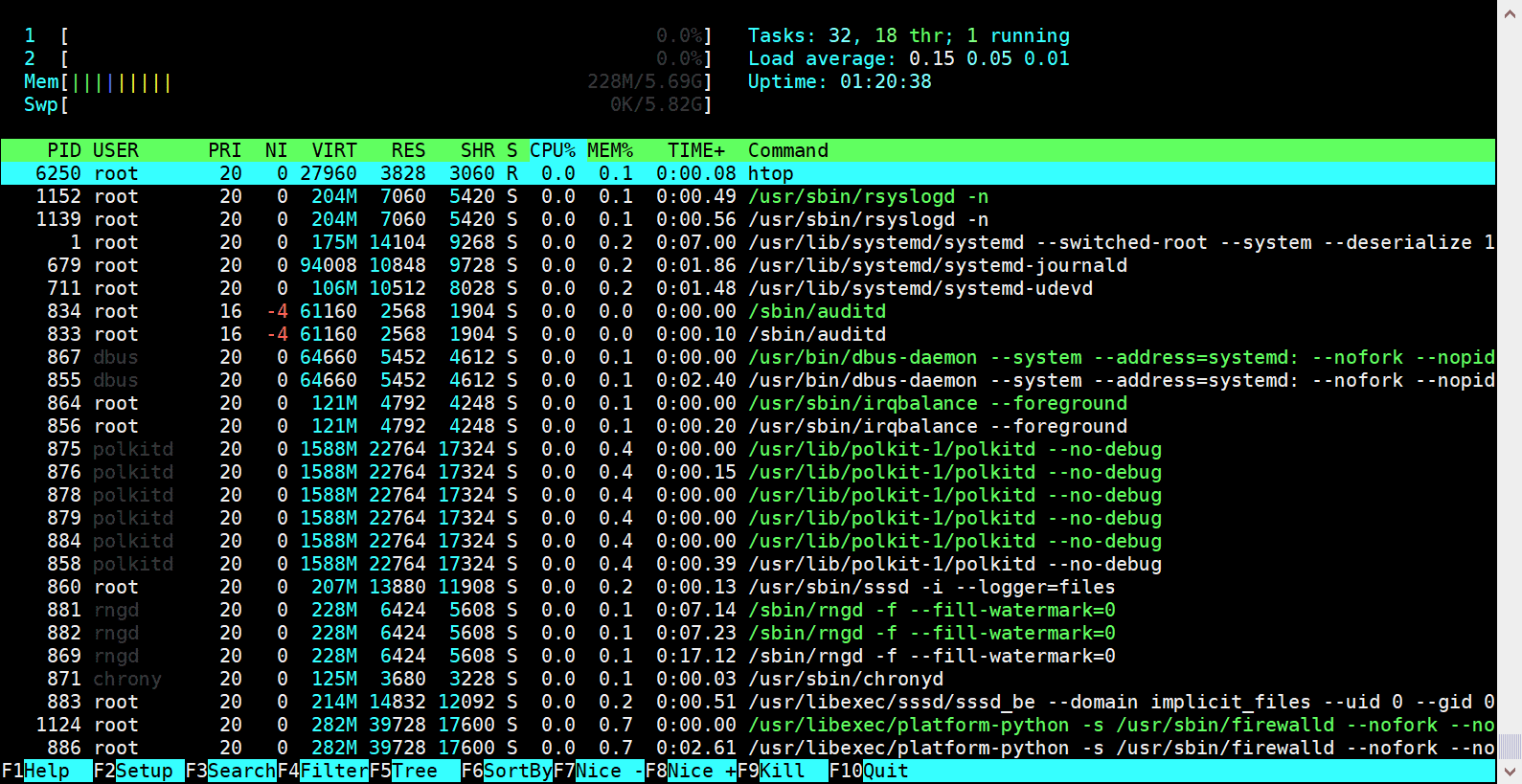

In the future, we will increase the use of templates in mathcode, while keeping many APIs explicitly typed. At this point, Yocto uses some templatesfor readability. The use of templates in Yocto was the reason for many refactoring, goingfrom no template to heavy template use.

All functionsand data are defined in sibling namespaces contained in the yocto namespaceso libraries can call all others, but have to do so explicitly.
INSTALL MODELIO COMMAND LINE LINUX CODE
In terms of code style we prefer a functional approach rather than anobject oriented one, favoring free functions to class methods. We do this since this makes Yocto/GL easier to extend and quicker to learn,with a more explicit data flow that is easier when writing parallel code.Since Yocto/GL is mainly used for research and teaching,explicit data is both more hackable and easier to understand. This means that everythingcan be trivially serialized and there is no need for memory management.

Yocto/GL follows a "data-oriented programming model" that makes data explicit.Data is stored in simple structs and accessed with free functions or directly.All data is public, so we make no attempt at encapsulation.Most objects is Yocto/GL have value semantic, while large data structuresuse reference semantic with strict ownership. More images areincluded in the project site. Here are some test images rendered with the path tracer.


 0 kommentar(er)
0 kommentar(er)
